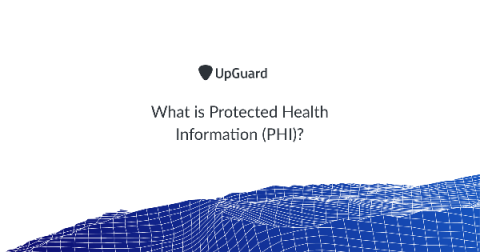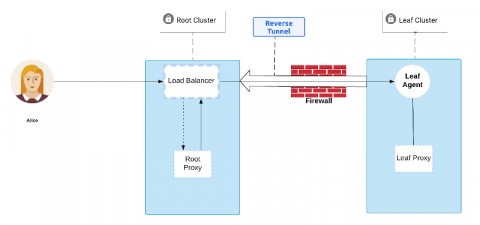ISO 9001 Quality Management Principles
ISO 9001 is the international standard for quality management systems (QMS), published by the International Organization for Standardization (ISO). ISO standards are the most widely used quality management standards worldwide. Increasingly, your customers are looking for a guarantee that the products they’re buying from you have gone through quality management best practices. Adopting the ISO 9001 standard is one step toward offering that guarantee.









